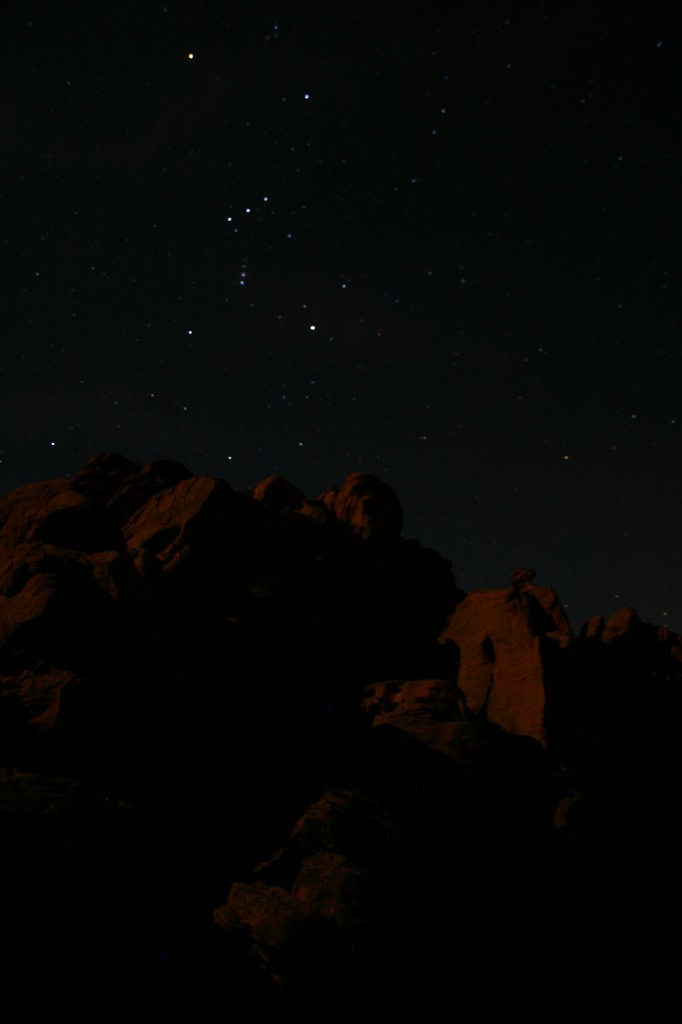.
Hi all -
Check out the blog below from Outsidemom.com. Lindsey Wilson, the main blogger, is a great friend and former USEE staff member. She and her co-blogger, Olivia, put together fantastic blogs with wonderful science info and tips. Read on!
_________________________
The Perseids always fall around my mom’s birthday, and growing up I
remember many a birthday party that involved clambering into the car and
getting away from city lights. The challenge was to see more than Dad.
We’d make dutch oven Gingerbread with Peaches and
serve it with ice cream, kept cool under a brick of dry ice. This
weekend, my husband and I will be throwing a mattress out on the back
lawn and sleeping under the stars (if the monsoons stay away, that
is–cross your fingers!). Join in the fun!
The stars are aligning for a perfect weekend star party: The moon
will be tiny and coming up late in the evening, the weather is warm, and
it’s a weekend! Time to throw out some blankets and stare at the night
sky.And the best part? It’s free.
 The universe is conspiring to create some fireworks (a.k.a. The
Perseid Meteor Shower), and the best time to see them will be Saturday
night (the peak is apparently Sunday at noon, but, that won’t work for
obvious reasons). There should be 50-100 meteors per hour (don’t be
disappointed if you don’t quite see that many). The meteors are tiny
fragments of thousand-year-old debris associated with the Swift-Tuttle Comet.
The universe is conspiring to create some fireworks (a.k.a. The
Perseid Meteor Shower), and the best time to see them will be Saturday
night (the peak is apparently Sunday at noon, but, that won’t work for
obvious reasons). There should be 50-100 meteors per hour (don’t be
disappointed if you don’t quite see that many). The meteors are tiny
fragments of thousand-year-old debris associated with the Swift-Tuttle Comet.Check here for more info on the meteors and other things astronomical.
Watching meteors is a great family event that develops focus in little ones. Want to share the night sky with your kids?
Here are a few pointers on getting set up:
1) If they’re young, begin with longer afternoon naps. Or let them fall asleep and then wake them up once the sky is completely dark.
2) Find a dark place away from the city and with a wide-open view of the sky.
3) Bring blankets, pillows, mattresses, and sweatshirts. Even in the summer the night can feel chilly.
4) The best time to see meteors is 11:30 or later.
And here are some pointers on keeping them entertained.
5) Provide special drinks (hot chocolate or maybe some ice cream packed in dry ice?) and special snacks to keep them excited.
6) Make it a challenge to see who can see one first.
7) Point out constellations, and tell them the stories associated with each. There are many versions of course. This one is complete, but each story is short, so you’ll have to embellish. These are also short, and have different endings than the previous. But this one is far and away my favorite, with complete stories, and notes on each of the stars comprising the image. Be warned, some stories are weird. And finally, wikipedia has a wonderful entry on all things Constellation.
8) Make up your own constellations, and stories to go with them.
9) Teach them the difference between meteors and satellites, and show them planets and double stars with binoculars. Mounted on a simple camera tripod, most binoculars offer some clarity, and you can occasionally see moons around the larger planets.
10) Get and read this book, and talk about some of the ideas with your kids. How I love this book. Here’s an example from it: If the universe is infinitely large, why isn’t the night sky blinding white, since each point should have a star in it? Read the book to find the answer. Did I mention it was written by the author of the Curious George books?
11) Check out the stars using an app on your smart phone. I’m not a great lover of mixing technology and my outdoor experiences, but learning about the stars by using my phone is great fun. Though it does ruin your night vision.
No comments:
Post a Comment